- Car
- Willys (4 offers)
Willys classic cars for sale
Willys vehicles are synonymous with rugged engineering and wartime reliability. Originally designed to meet strict military demands, these compact four-wheel drive classics like the MB Jeep continue to attract fans for their distinctive technology, practicality and straightforward mechanics.
Search results
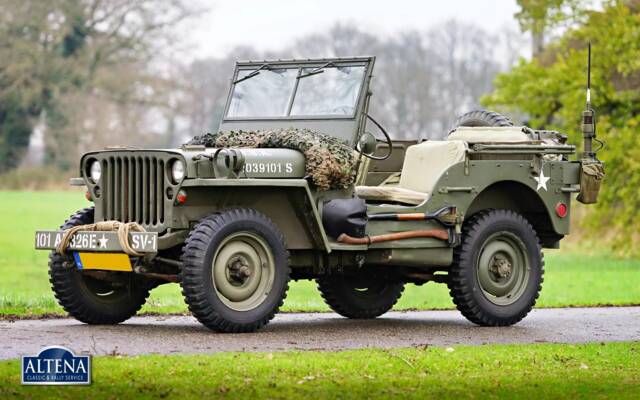
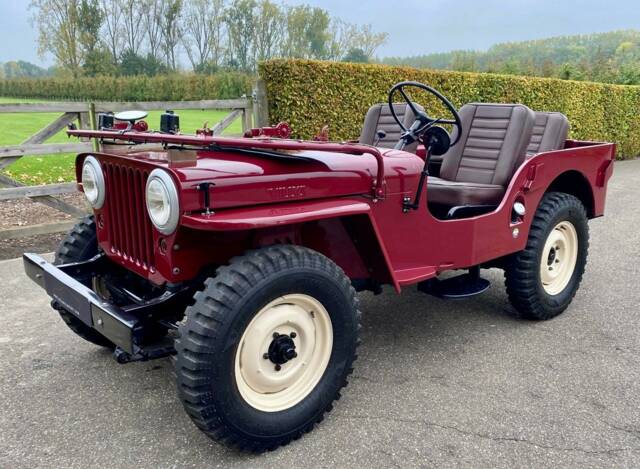
VAT is reclaimable
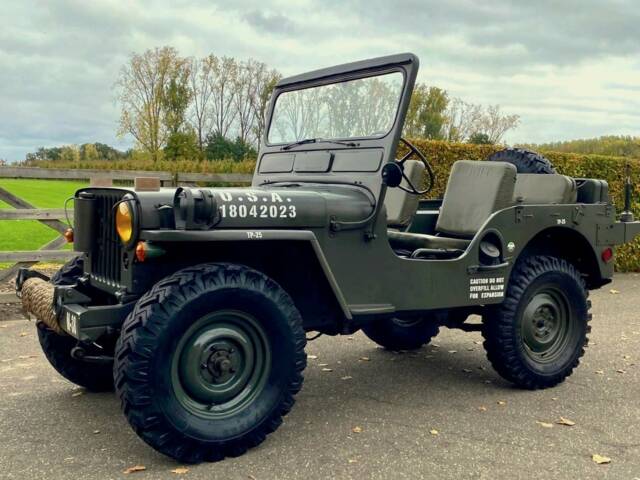
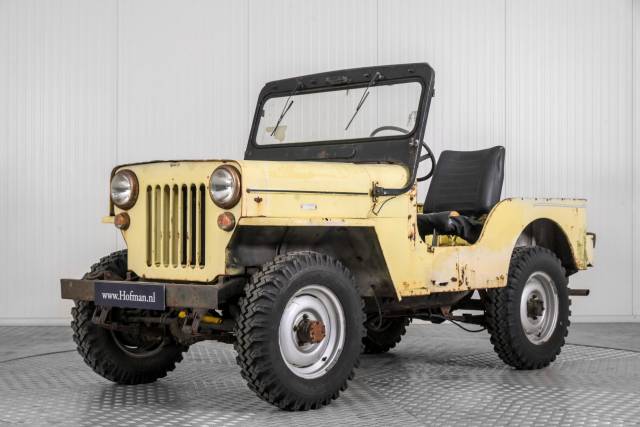
1955 | Willys CJ-3B
Willys CJ3 B M38A1
Willys listing references from Classic Trader
Below you will find listings related to your search that are no longer available on Classic Trader. Use this information to gain insight into availability, value trends, and current pricing for a "Willys" to make a more informed purchasing decision.
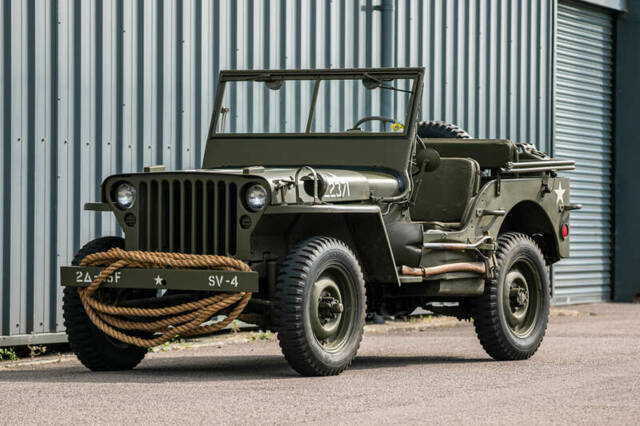
1945 | Willys MB
1945 Willys MB ¼-Ton Jeep
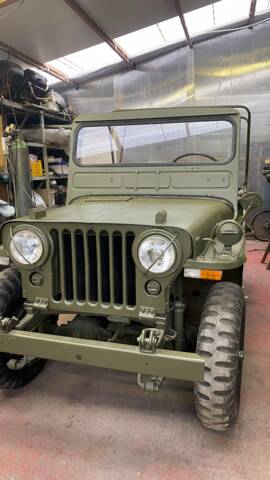
1946 | Willys Jeep M38 A1
RESTORED 1946 JEEP M38
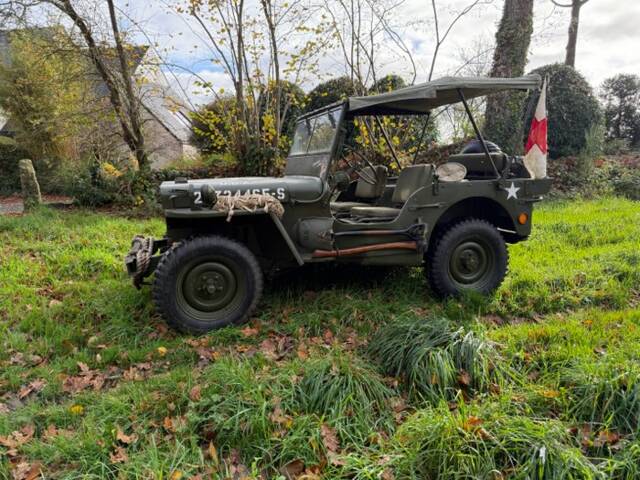
1942 | Willys MB
Jeep - Willys - 1942
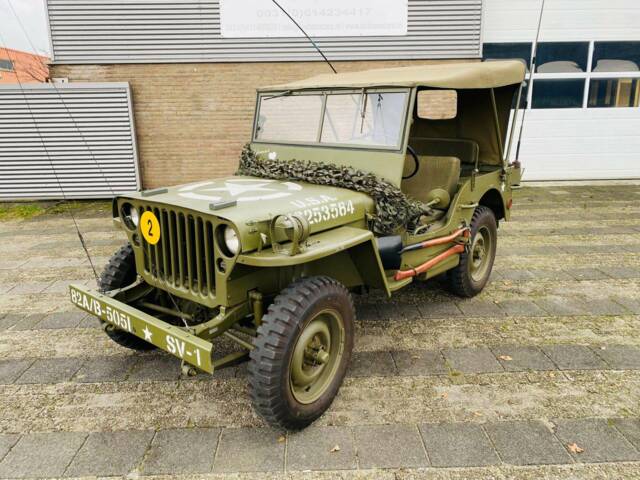
1942 | Willys MB
Oldtimer Willys Mb 1942
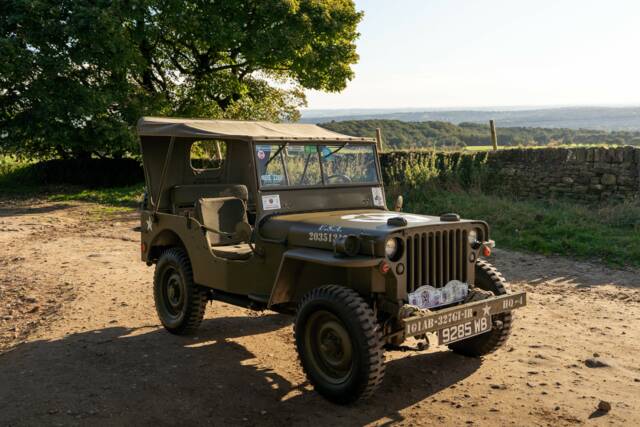
1945 | Willys MB
Iconic WW2 Jeep - Fabulous Example
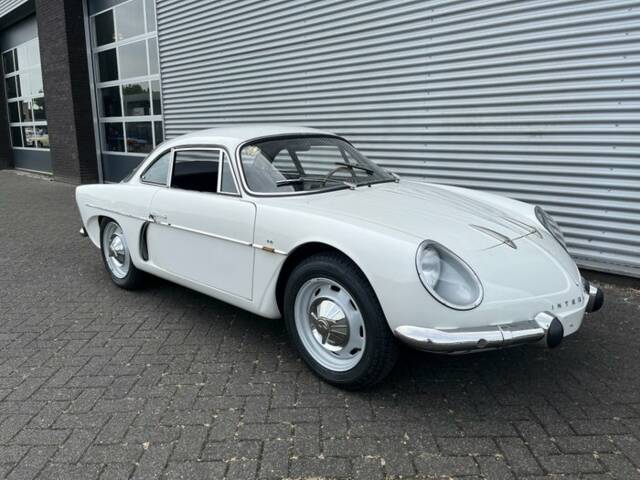
1966 | Willys Interlagos
Willys - Interlagos Berlinetta - 1966
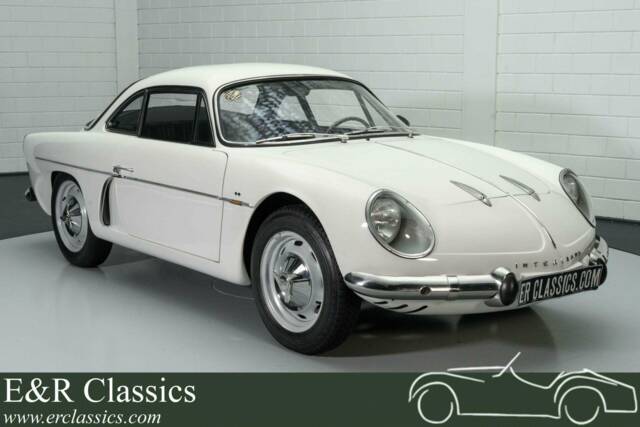
1966 | Willys Interlagos
Oldtimer Willys Interlagos Berlinetta | Uitvoerig gerestaureerd |1

1943 | Willys MB
JEEP CJ-5 Willys Mediterranea funzionante e ben tenuta
History of Willys – From Early Innovations to Wartime Utility
Founded in 1908 by automobile pioneer John North Willys, Willys-Overland Motors swiftly became a major player in American car manufacturing. By 1912, the firm was second only to Ford in production volume. In its early years, Willys-Overland absorbed multiple other automotive companies, expanding its expertise from luxury vehicles to mass-market cars. The brand faced financial turbulence during the 1920s recession, resulting in Walter Chrysler’s temporary stewardship and a significant product overhaul. Willys-Overland weathered economic storms by streamlining production and focusing on robust, accessible vehicles. The evolutionary leap occurred in the late 1930s when Joseph W. Frazer steered Willys towards specialised vehicles, culminating in the development of the all-terrain Willys MB for the US Army during World War II—laying the foundation for what would become the Jeep lineage.
Model History
The best-known Willys model is the MB, developed during World War II in collaboration with Ford and Bantam. Fulfilling a US Army requirement for a versatile and rugged light vehicle, the MB was produced in massive numbers from 1941 to 1945. After the war, Willys pivoted to the civilian market with vehicles such as the CJ-2A, a direct descendant of the MB, designed for practical use in agriculture and industry. Variants like the M38 and M38A1 offered enhancements for military and civilian customers. The Aero-Willys series marked a brief return to passenger cars, while the rare Interlagos reflected Willys’ international ambitions. Willys’ presence diminished after Kaiser Motors’ takeover in 1953, eventually fading into the Kaiser-Jeep umbrella by the 1960s.
Highlights and Unique Features
Willys vehicles gained attention for their straightforward, rugged construction and enduring reliability. The Willys MB, with its compact ladder frame, robust leaf spring suspension, and selectable 4WD, embodied the ideal of a military workhorse. Original MBs feature 4-cylinder Go-Devil petrol engines, simple three-speed gearboxes, and open body layouts with folding windscreens—practical for rapid deployment and field repairs. Accessories like mounted tools, jerry cans, and two-way radios are original features. Body panels often interchange with equivalent Ford models, aiding restoration and parts supply.
Technical Data
Special Editions and Collectible Models
Among notable special models, the Willys M38A1 stands out for its 24-volt electrics and amphibious capabilities in specialist versions. Civilian Jeep versions (CJ-2A, CJ-3B) adapted the military platform for farming, industry, and rural use. The Brazilian-built Interlagos adds an exotic twist, especially for collectors wanting non-North American variants. Some postwar export and knockdown models, marked by unique serial plates and local adaptations, are also in demand for their rarity.
Weak Spots and Common Issues
While possessing a reputation for mechanical simplicity and robustness, Willys vehicles require regular inspection of the steel body for rust, especially on the chassis and floor pans. Leaf spring suspension components and solid-axle bushings are prone to wear, often accelerated by off-road use. The Go-Devil engine is known for durability, but neglecting coolant changes can result in overheating or cracks in the block. Electrical systems—originally 6V or 24V—may present issues if improperly converted or corroded. Drum brakes need frequent adjustment and can be susceptible to water ingress. Parts supply remains good due to interchangeability, but authenticity can be compromised by the prevalence of reproduction or Ford components.
Engine and Performance, Transmission and Handling
The Willys MB and its immediate successors excel in reliable off-road mobility, thanks to a rugged frame, live axles, and simple four-wheel drive system. With a kerb weight just over a tonne and a high ground clearance, these vehicles traverse rough terrain with ease. The Go-Devil inline-four provides enough torque for both crawling and moderate highway speeds up to 90 km/h, but spirited driving isn't their strong suit. Handling remains primitive by modern standards, with substantial steering input required, a soft, long-throw gearbox, and basic drum brakes. Real-world usability is bolstered by minimalistic controls, quick service access, and complete absence of unnecessary electronic systems. * Willys MB – The World War II original with maximum originality, accounting for the overwhelming majority of supply and demand, recognisable by its flat fenders and simple military fit-out.
- Willys CJ-3B – Postwar civilian development with raised bonnet for improved cooling and more powerful engines for agricultural work.
- Interlagos – Rare South American sports coupé, much less frequent, catering to specialists and collectors seeking the unusual.
Interior, Comfort, Exterior and Design
Willys vehicles prioritised utility, with Spartan interiors featuring simple seat padding, minimal dashboards, and easily removable tops. Exteriors largely comprised flat steel panels, typically painted in military olive drab, with additions like blackout lights, canvas covers, and interchangeable doors. Soft-top and open configurations predominate. The MB carries signature military touches: externally mounted tools, a folding windscreen, and rear spare with jerry can. Later civilian CJs retained much of the layout, gradually adopting more paint colours, optional hardtops, and minor upgrades for comfort. The Interlagos represents a deviation toward aerodynamic fibreglass bodywork, a rarity in the Willys lineage.
Other Noteworthy Information
Military-use Willys often featured extra equipment—radios, first aid kits, tow hooks, and extra fuel capacity for extended range. Many surviving examples have been restored or reconfigured, sometimes with mixed Ford, Bantam, or Hotchkiss parts, reflecting the global postwar surplus trade. Several countries formally recognise Willys Jeeps as historic vehicles, enabling participation in military and heritage events.
Summary
Willys vehicles—especially the MB Jeep—remain prime examples of American manufacturing responding to global wartime requirements. Their engineering, field adaptability, and straightforward maintenance keep them prominent among classic car buyers, with statistical evidence showing the MB at the forefront of both supply and demand. Civilian CJ models and rarer exotica like the Interlagos enrich the legacy of Willys, underlining its enduring reputation for rugged, practical vehicle design.



